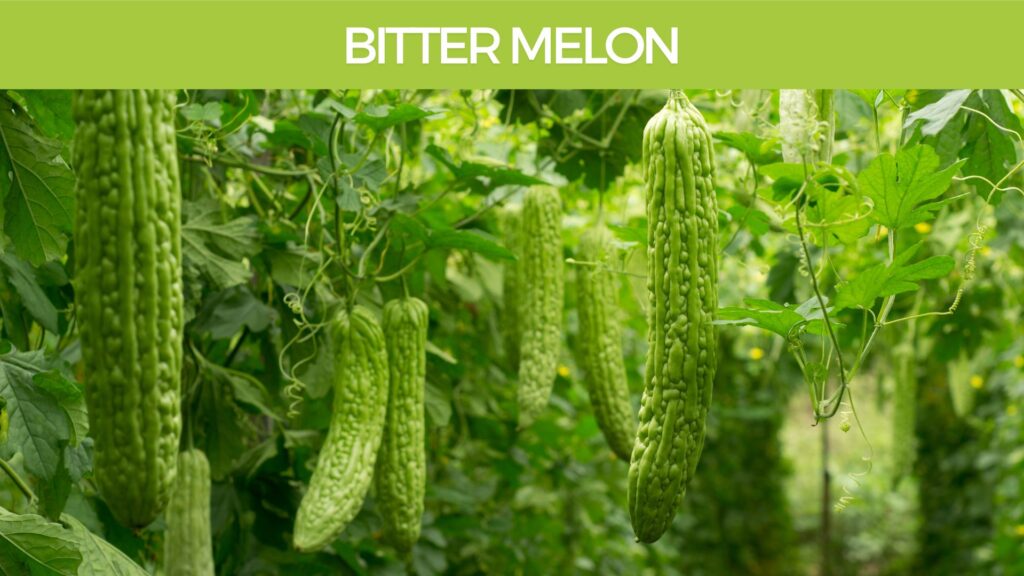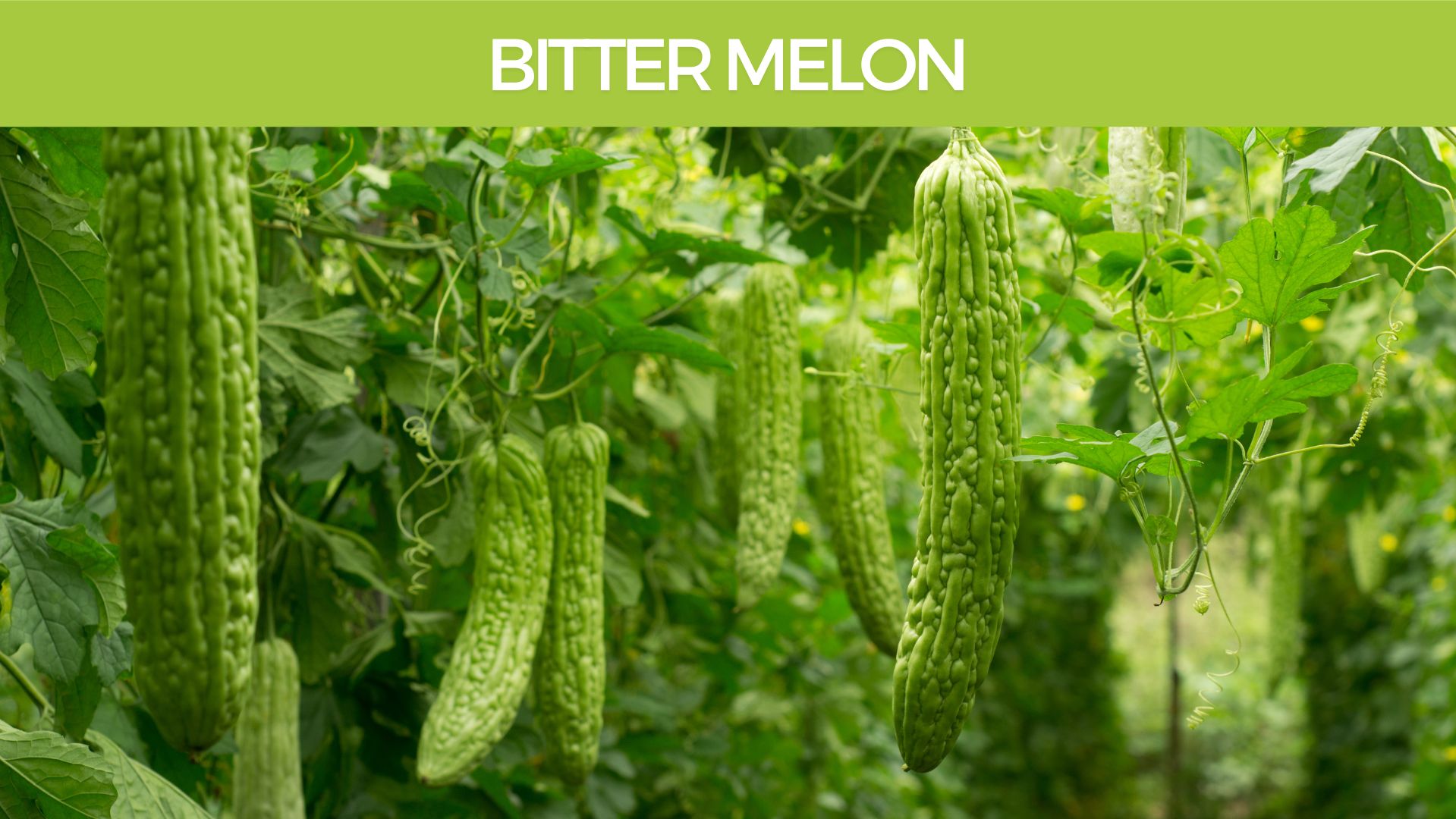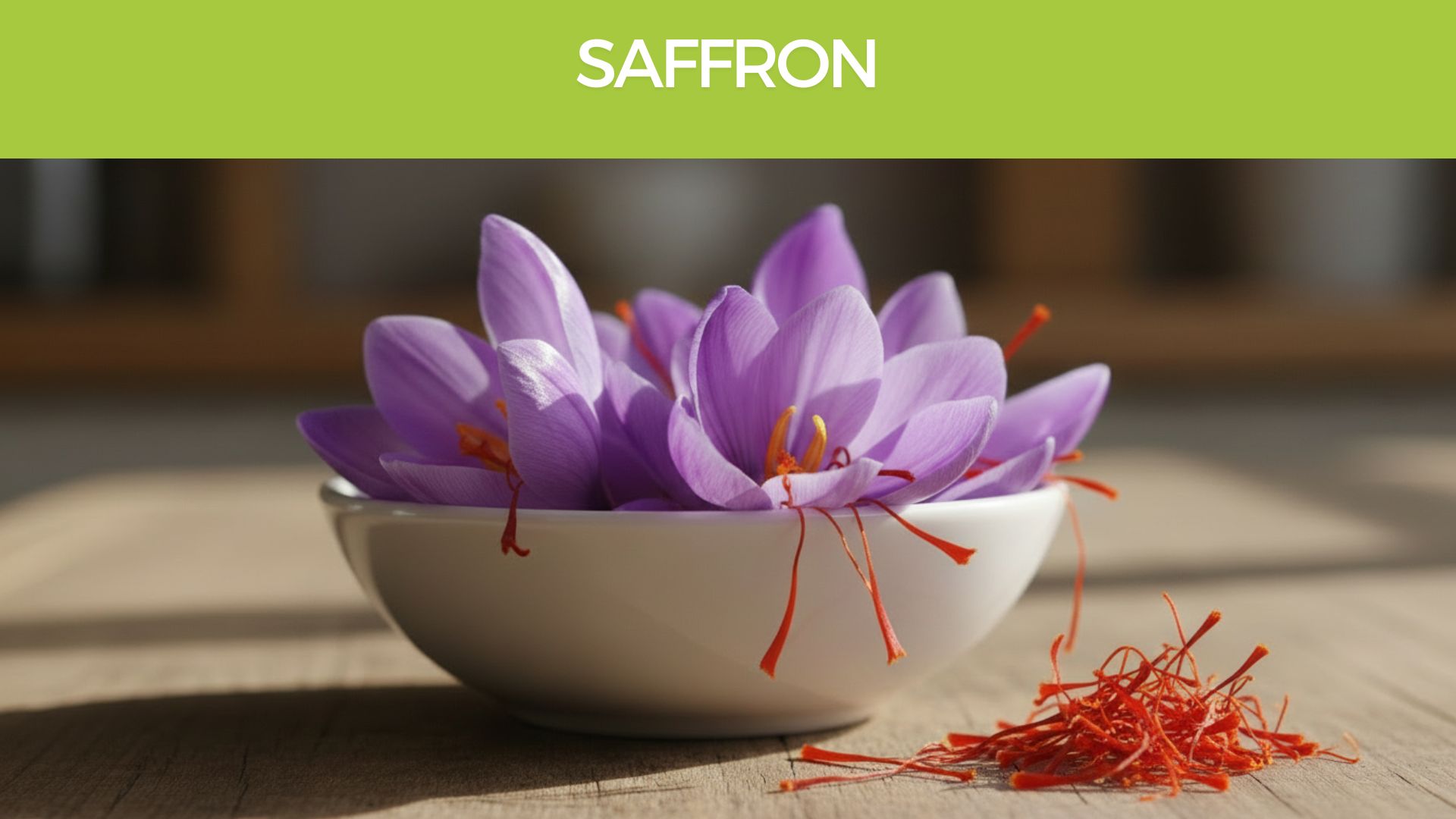- 2 months ago
- 6Minutes
- 1154Words
- 691Views
Botanical Name: Momordica charantia
Family: Cucurbitaceae
Common Names: Bitter melon, bitter gourd, karela, balsam pear
(1) Hypoglycemic efficacy and safety of Momordica charantia (bitter melon) in patients with type 2 diabetes mellitus. https://pubmed.ncbi.nlm.nih.gov/32951763/
(2) Hypoglycemic effect of bitter melon compared with metformin in newly diagnosed type 2 diabetes patients. https://pubmed.ncbi.nlm.nih.gov/21211558/
(3) Momordica charantia Administration Improves Insulin Secretion in Type 2 Diabetes Mellitus. https://pubmed.ncbi.nlm.nih.gov/29431598/
(4) The Role of Momordica charantia in Resisting Obesity. https://pmc.ncbi.nlm.nih.gov/articles/PMC6765959/
Description
Momordica charantia is a tropical vine native to Asia, Africa, and the Caribbean, widely cultivated for its edible fruit. The fruit is green, cucumber-shaped with a warty surface, and intensely bitter. Bitter melon extract is derived from the fruit, leaves, or seeds, often standardized for active compounds like charantin or polypeptide-p. It is used in supplements, teas, and culinary dishes, particularly in Asian cuisines.
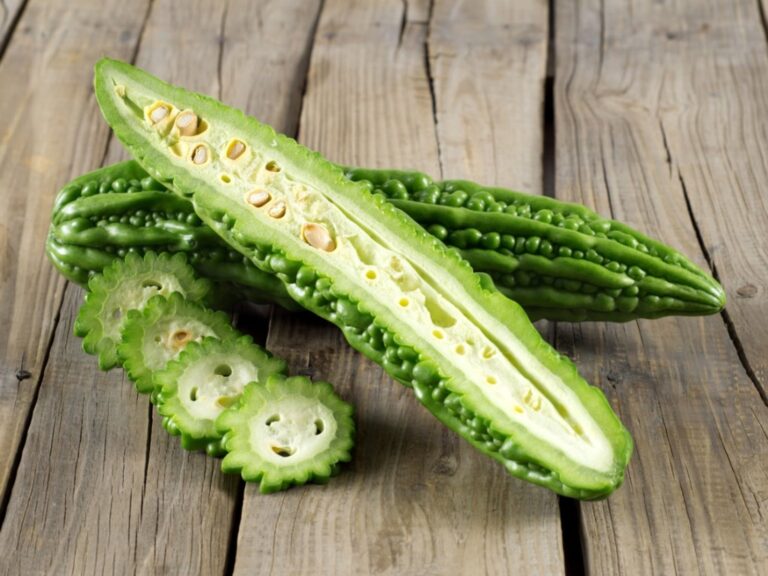
Traditional Historical Use
Bitter melon has been used for centuries in traditional Chinese medicine, Ayurveda, and other Asian medicinal systems. It was historically employed to treat diabetes, digestive disorders, and infections. In Chinese medicine, it was valued for its “cooling” properties to reduce heat and inflammation, often used for fever, skin conditions, and gastrointestinal issues. In India, bitter melon was a staple in diabetic management, consumed as juice, decoction, or cooked fruit to lower blood sugar and improve digestion. It was also used for weight loss and to suppress sugar cravings in traditional diets.
Active Constituents
Bitter melon extract contains several bioactive compounds:
- Charantin: A steroidal saponin with hypoglycemic effects, enhancing insulin sensitivity and glucose uptake.
- Polypeptide-p: A plant insulin-like compound that mimics insulin’s glucose-lowering action.
- Vicine: A glycoside with potential hypoglycemic properties.
- Momordicosides: Bitter-tasting glycosides with antioxidant and anti-inflammatory effects.
- Cucurbitacins: Triterpenoids with anti-inflammatory and potential anti-obesity properties.
- Phenolic compounds: Contribute to antioxidant activity, reducing oxidative stress linked to metabolic disorders.
These compounds are concentrated in extracts, with potency varying by plant part (fruit, seeds, leaves) and extraction method.
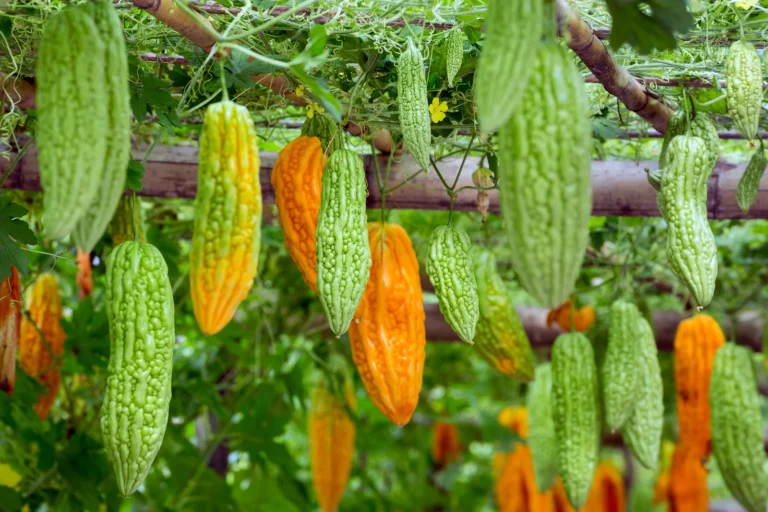
Mode of Action
Bitter melon extract’s benefits for weight management, food cravings, and blood sugar balance are driven by its active constituents:
- Blood Sugar Regulation: Charantin and polypeptide-p enhance insulin signaling, increase glucose transporter type 4 (GLUT-4) expression, and stimulate glucose uptake in cells. Bitter melon inhibits intestinal glucose absorption by suppressing alpha-glucosidase and alpha-amylase, reducing postprandial glucose spikes. It also activates AMP-activated protein kinase (AMPK), promoting glucose metabolism and fat oxidation.
- Weight Management: By improving insulin sensitivity and glucose metabolism, bitter melon reduces insulin-driven fat storage. Its activation of AMPK enhances fat oxidation and reduces lipid accumulation. Cucurbitacins may inhibit adipogenesis (fat cell formation), supporting weight loss.
- Food Cravings: Bitter melon’s bitter taste and blood sugar-stabilizing effects may reduce sugar cravings by preventing glucose fluctuations that trigger appetite. It also influences gut hormones like glucagon-like peptide-1 (GLP-1), promoting satiety.
- Antioxidant and Anti-inflammatory Effects: Phenolics and momordicosides reduce oxidative stress and inflammation, which are linked to obesity and insulin resistance.
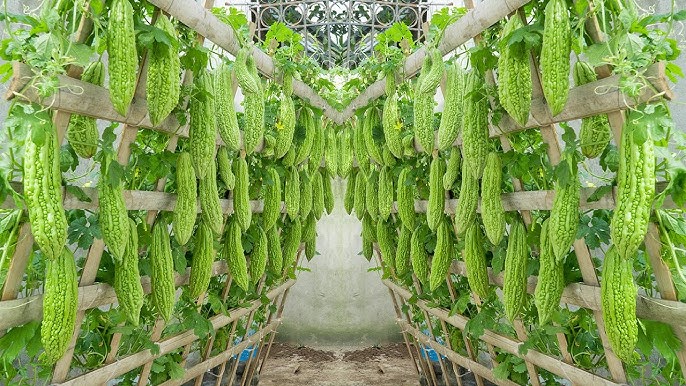
Human Studies or Clinical Trials
Several studies, primarily from PubMed, have investigated bitter melon’s effects on blood sugar, weight, and metabolic health:
Blood Sugar Control
- A study of 96 patients with type 2 diabetes (66 in the bitter melon group, 30 in placebo) receiving 2.38 g/day of bitter melon extract for 12 weeks. The study found a significant reduction in fasting blood glucose compared to placebo. (1)
- Another study included 129 newly diagnosed type 2 diabetes patients, testing bitter melon at 0.5, 1, and 2 g/day for 4 weeks. The 2 g/day group showed a significant reduction in fructosamine (a marker of short-term glucose control) compared to baseline. (2)
- Another 24 type 2 diabetes patients receiving 2 g/day of bitter melon (capsules) for 12 weeks. It reported improved insulin secretion (measured by HOMA-B) and a significant reduction in HbA1c (from 7.6% to 7.2%, p < 0.05). (3)
Weight Management
A review summarizing preclinical and limited human data, noted that bitter melon reduces adiposity in animal models via PPAR-γ activation and lipid metabolism regulation. Human studies, including the 2012 Tsai et al. trial, suggest modest reductions in waist circumference and BMI. (4)
Food Cravings
Bitter melon may help reduce food cravings by the following mechanisms:
Blood Sugar Stabilization:
- Contains active compounds (charantin, polypeptide-p, momordicosides) that enhance insulin sensitivity and lower fasting blood glucose (FBG) and postprandial glucose spikes.
- Inhibits alpha-glucosidase and alpha-amylase enzymes, slowing carbohydrate digestion.
- Stabilizes blood sugar to prevent glucose fluctuations that trigger hunger and sugar cravings.
- Promotes consistent energy levels, reducing appetite for high-sugar foods.
Bitter Taste and Appetite Suppression:
- Intense bitter taste may alter taste perception, decreasing desire for sweet foods.
- Stimulates taste receptors, potentially influencing appetite-regulating pathways.
- Traditional use (e.g., juice or tea) in Asian cultures linked to appetite suppression.
Gut Hormone Modulation:
- May increase satiety hormones like glucagon-like peptide-1 (GLP-1), promoting fullness and reducing appetite.
- Hypothesized to affect gut microbiota and glucose metabolism, though human evidence is limited.
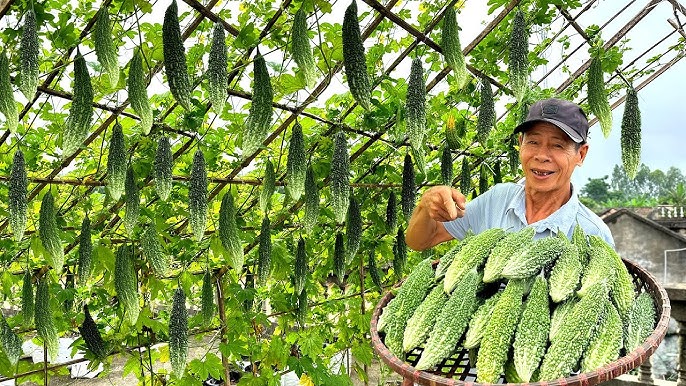
Dosages and Methods of Use
Dosage
- Extract (Capsules): Clinical studies use 0.5–4.8 g/day, typically standardized to 5–10% charantin, taken in 1–3 doses with meals.
- Juice: 50–100 mL of fresh bitter melon juice daily, often diluted with water or mixed with other juices to mask bitterness.
- Powder: 1–2 g/day mixed into food or water.
Tea: 1–2 g of dried fruit or leaves steeped in hot water, consumed 1–2 times daily
Methods of Use
- Capsules for standardized dosing, taken with meals to enhance glucose control.
- Juice or tea for traditional use, often consumed before or after meals
- Culinary use: Cooked in stir-fries, soups, or curries (common in Asian dishes). Combine with other spices (e.g., turmeric) to improve palatability and metabolic effects.
Safety Concerns or Contraindications
- Hypoglycemia Risk: Bitter melon can lower blood sugar significantly, increasing the risk of hypoglycemia when combined with diabetes medications (e.g., metformin, insulin). Monitor blood glucose closely.
- Gastrointestinal Side Effects: High doses may cause nausea, diarrhea, or abdominal pain due to its bitter compounds. Start with low doses to assess tolerance.
- Pregnancy/Breastfeeding: Avoid medicinal doses due to potential uterine stimulant effects and risk of miscarriage. Limited safety data exists for breastfeeding.
- Liver/Kidney Concerns: Rare cases of liver toxicity have been reported with high doses. Use cautiously in individuals with liver or kidney disease.
- Drug Interactions: May interact with antidiabetic drugs, chemotherapy agents, or medications metabolized by the liver (CYP450 enzymes). Consult a healthcare provider.
- Allergies: Rare allergic reactions (e.g., rash, itching) may occur. Discontinue if symptoms appear.
- Seeds: Avoid consuming raw seeds in large amounts, as they contain toxic lectins that may cause gastrointestinal distress.
- Children: Not recommended for children due to limited safety data and hypoglycemia risk.
- Surgery: Discontinue medicinal doses 2 weeks before surgery due to blood sugar effects.
Conclusion
Use standardized extracts for consistent dosing and consult a healthcare provider, especially for those with diabetes, liver issues, or on medications. Bitter melon is promising for blood sugar and weight management but requires careful monitoring due to its potent effects.This monograph is based on available evidence, but further long-term, standardized studies are needed to confirm efficacy and safety, particularly for food cravings and healthy populations.

